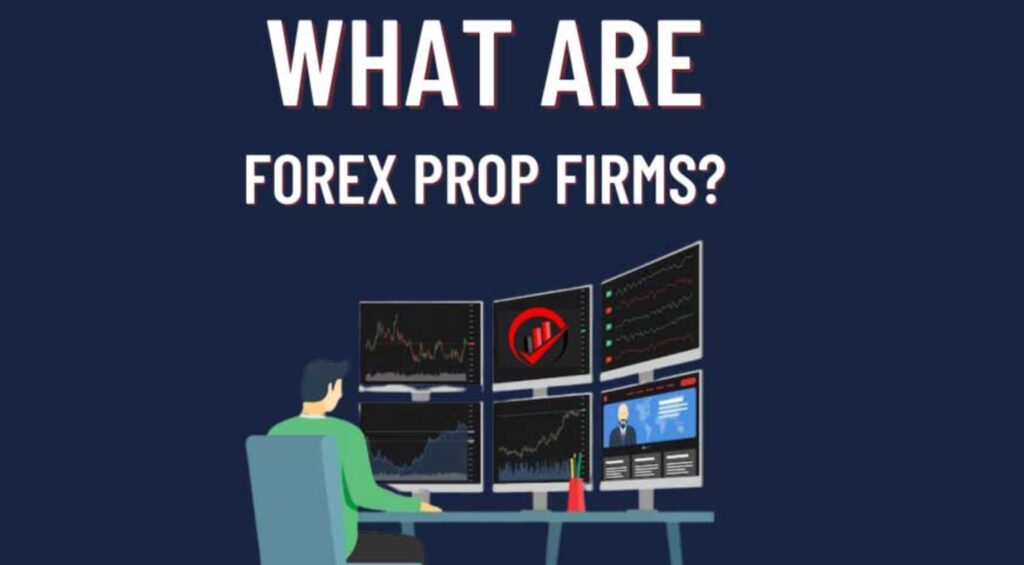Exploring the Basics of Forex Investment

Forex, or foreign exchange, is the largest financial market in the world, with a daily turnover exceeding $6 trillion. It involves the buying, selling, and exchange of currencies at current or determined prices. For newcomers, understanding the fundamentals of forex investment is the first step towards navigating this vast financial landscape. The forex market operates 24 hours a day, five days a week, providing ample opportunities for investors to engage in trading based on their schedule. Unlike stock markets, forex trading involves pairs, meaning you are simultaneously buying one currency while selling another. This dynamic creates a unique set of opportunities and challenges, making it essential for investors to develop a solid foundation in forex basics before diving deeper into investment strategies.
Crafting a Winning Forex Strategy: A Guide

A successful forex strategy is built on a combination of market analysis, risk management, and realistic goal setting. It starts with defining one’s trading style, which could range from day trading to swing trading or even long-term position trading. Each style requires a different approach, with varying degrees of market analysis and time commitment. Setting clear, achievable goals is crucial, as it helps in measuring performance and maintaining focus. Effective risk management techniques, such as setting stop-loss orders and only investing what you can afford to lose, are fundamental to preserving capital. Lastly, continuous learning and adaptation are key, as the forex market is known for its volatility and unexpected movements.
Navigating Risks: Forex Investment Insights

Investing in forex comes with its share of risks, from market volatility to leverage-related losses. Volatility, while providing the potential for high returns, can also result in significant losses within a short period. Leverage allows traders to control large positions with a relatively small amount of capital, amplifying both gains and losses. Currency risk, or the risk that currency exchange rates will unfavorably change, directly impacts the value of foreign investments. Additionally, interest rate risks, geopolitical instability, and economic data releases further contribute to the unpredictable nature of the forex market. Successful forex investors are those who not only understand these risks but also implement strategies to mitigate them.
Technical vs. Fundamental: Forex Analysis Deep Dive

Forex trading strategies are often categorized into two main types of analysis: technical and fundamental. Technical analysis focuses on the study of price charts and trading volumes, using historical data to predict future price movements. Patterns, trends, and technical indicators like Moving Averages and Fibonacci retracements are commonly used tools. On the other hand, fundamental analysis involves evaluating the economic, social, and political factors that may affect currency values. This includes analyzing economic indicators, interest rates, and political stability. The choice between technical and fundamental analysis often depends on the trader’s strategy, with many employing a combination of both to make informed decisions.
Comparison Table: Technical vs. Fundamental Analysis
| Feature | Technical Analysis | Fundamental Analysis |
|---|---|---|
| Focus | Price movement patterns | Economic indicators |
| Tools | Charts, indicators, patterns | Economic reports, news |
| Approach | Historical data analysis | Current events assessment |
| Time Frame | Short to medium term | Medium to long term |
| Skill Level | Beginner to advanced | Intermediate to advanced |
| Best For | Short-term trading strategies | Long-term investment decisions |
The Role of Leverage in Forex Trading Success

Leverage is a double-edged sword in forex trading. It can magnify your profits but also your losses. Leverage in forex allows traders to gain a larger exposure to the market than what their initial capital would permit. This means with a small deposit, traders can control a much larger total contract value. For instance, a 100:1 leverage ratio means that with $1,000, a trader can control a position size of $100,000. While this can dramatically increase the potential for profit, it equally raises the risk of significant losses, especially if the market moves against the trader’s position. Understanding and managing leverage is crucial, with experienced traders often recommending the use of lower leverage ratios or only using leverage according to one’s risk tolerance and trading experience.
Adapting Strategies for Market Volatility in Forex

Market volatility in forex is a constant challenge that demands flexibility and a sound strategy. Volatile markets can quickly erase profits and lead to rapid losses, necessitating strategies that can adapt to sudden changes. One approach is to employ tighter stop-loss orders, protecting your investment from large downturns. Diversifying trading strategies to include both short and long positions can also hedge against volatility. Additionally, staying informed about global economic indicators and geopolitical events can provide insights into potential market movements. Embracing volatility as part of forex trading, while maintaining a disciplined approach to risk management, can turn market fluctuations into opportunities rather than threats. Successful traders view volatility as a factor that adds depth to the market, using it to their advantage through careful analysis and strategic planning.







Technical vs. fundamental analysis – good comparison. Both are important.
Risk management in forex is crucial. Stop-loss orders are a must.
Didn’t know forex trading involves pairs. Interesting dynamic.
Leverage seems risky in forex. Important to manage it well.
Forex is huge with $6 trillion daily turnover. Good to know it’s 24/5.
Adapting to market volatility is key. Tighter stop-loss orders help.